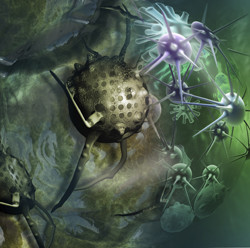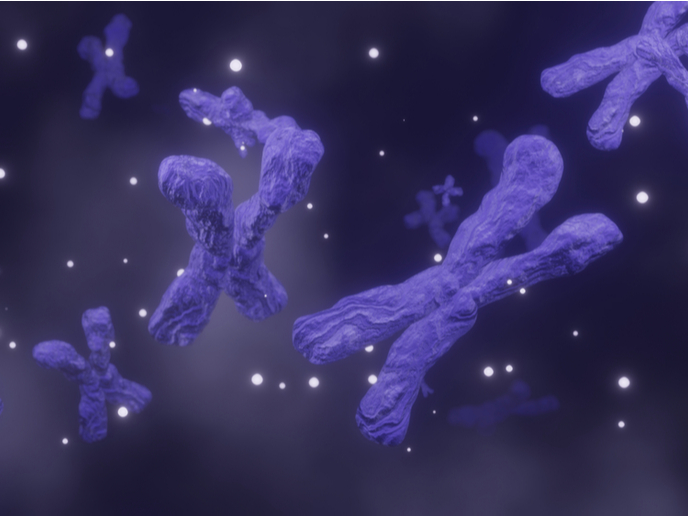Blocking malignancy
The current treatment for prevention of angiogenesis is the use of vascular endothelial growth factor (VEGF)-inhibitors. Unfortunately, most patients have innate resistance or acquire resistance over time to such inhibitors. Prior research has highlighted the importance of the hexoasmine biosynthetic pathway (HBP) in transforming the quiescent endothelial cell (EC) into a proliferative state for angiogenesis. HBP is necessary for protein glycosylation. N- and O- types of glycosylation provide a short- and long-term regulatory link to nutrition. Quiescent EC occurs in good nutritional circumstances. Ironically, shortage of oxygen (and energy) activates EC to revascularise damaged tissue but this process is also seen during neovascularisation of malignant cancers. The EU-funded ANGIOGENESIS AND HBP project looked at whether HBP co-regulates EC growth or quiescence by integrating nutrient availability with appropriate chemical signals. Researchers investigated various elements of the HBP pathway. Expression of the UAP1 gene at the final step of HBP is the rate-limiting reaction. Inhibition of UAP1 expression resulted in massive decreases in EC sprouting. The researchers are developing knock-out mice to investigate this phenomenon further. Work on O-glycosylation compared quiescent ECs with proliferative state. Results showed a marked decrease in O-linked N-acetylglucosamine modified proteins and O-GlcNAc transferase (OGT) in the angiogenic mode. Further work is needed to ascertain the roles of OGT in promoting autophagy when cell components are degraded during nutrient stress to provide energy. Autophagy is the process where dysfunctional or unnecessary cellular components are degraded by lysosomes. A unique type of O-glycosylation is required during VEGF signalling for EC quiescence or proliferation. Mediated by three isoforms of fringe proteins, radical fringe is expressed far more in ECs than the other two. It appears that tip cells (leading cells of vascular sprouts) in nutritionally poor environments experience decreased N-glycosylation that in turn stimulates autophagocytosis. The ANGIOGENESIS AND HBP project has laid down a substantial knowledge platform on which to base further research on this critical stage of cancer malignancy. The precise molecular details of pathways involved can open up possibilities to develop new anti-angiogenic therapies.
Keywords
Angiogenesis, tumour, malignancy, vascular endothelial growth factor, inhibitor, hexoasmine biosynthetic pathway, quiescent, endothelial cell, proliferative, glycosylation, autophagy







